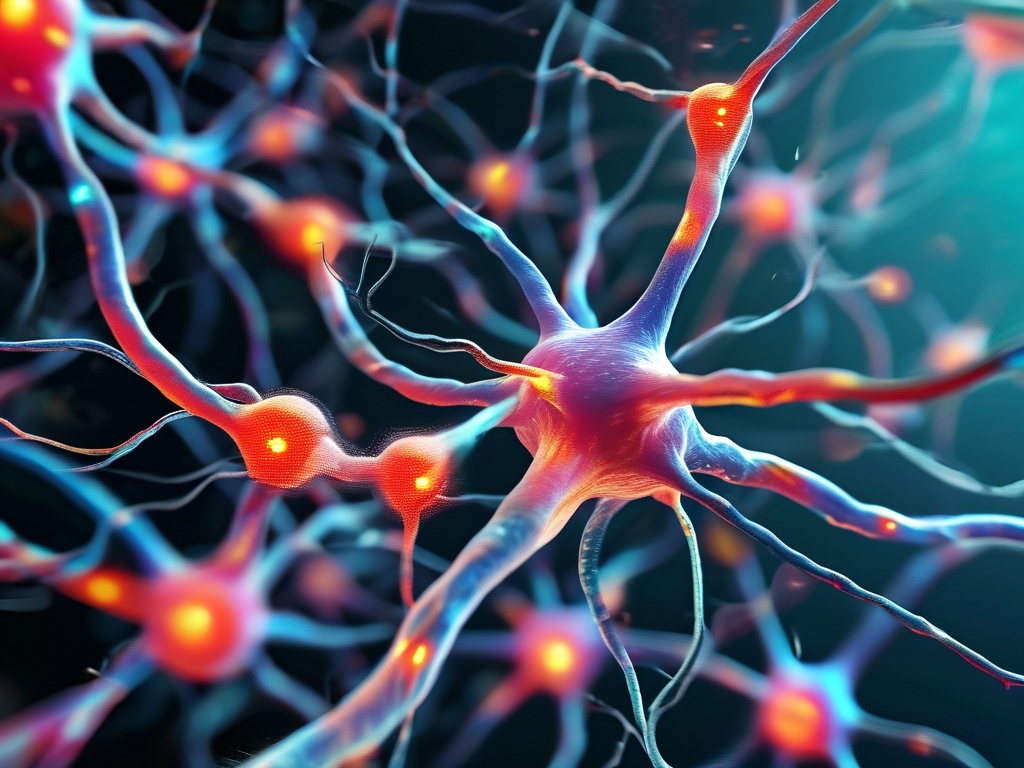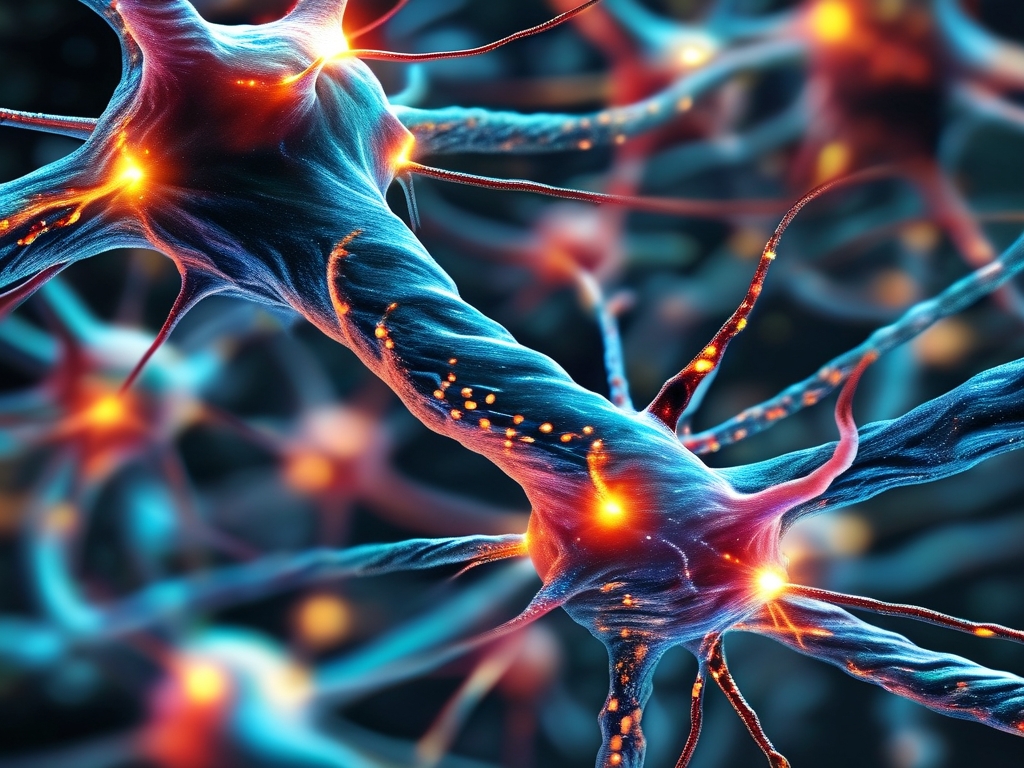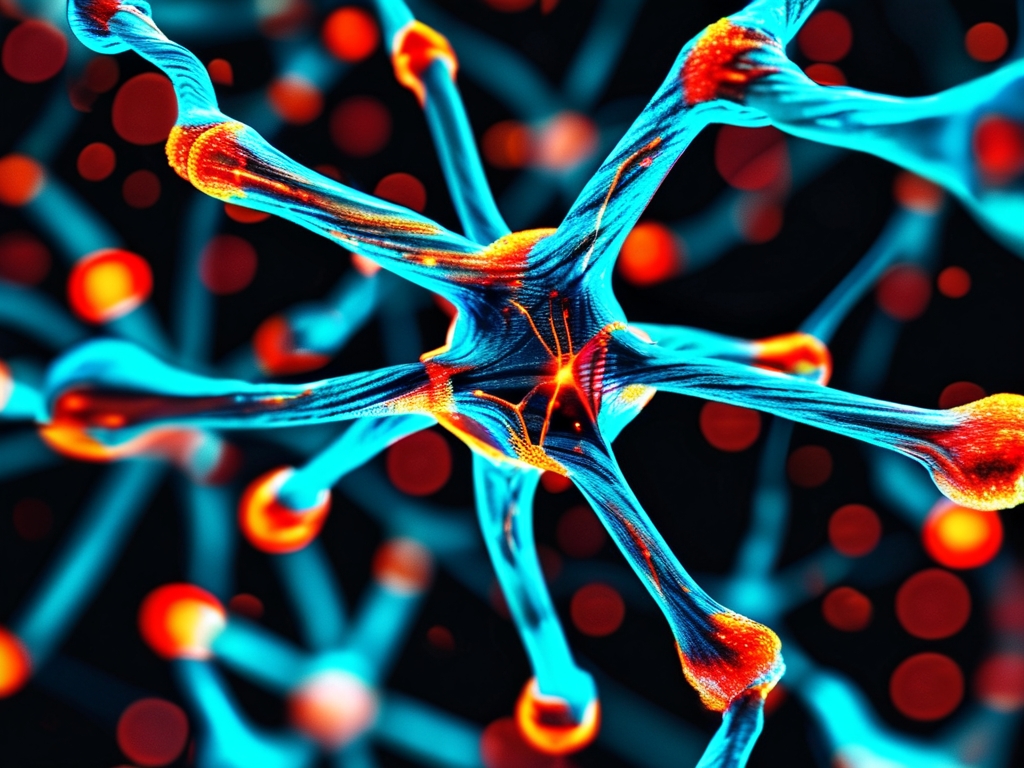The terms "neural networks" and "neural-like networks" are often used interchangeably in discussions about artificial intelligence (AI) and machine learning. However, they represent distinct concepts with unique characteristics, applications, and theoretical foundations. This article explores the differences between these two paradigms, clarifying their roles in modern computational systems.
1. Definitions and Origins
Neural Networks (ANNs):
Artificial Neural Networks (ANNs) are computational models explicitly designed to mimic the structure and function of biological brains. Inspired by the interconnected neurons in the human nervous system, ANNs consist of layers of nodes (artificial neurons) that process input data through weighted connections. These weights are adjusted during training using algorithms like backpropagation to minimize prediction errors. ANNs are a subset of machine learning and form the backbone of deep learning, powering applications such as image recognition, natural language processing, and autonomous systems.
Neural-like Networks:
Neural-like networks, also called "neural-inspired" or "neurocomputing" systems, refer to computational frameworks that borrow conceptual ideas from biological neural systems but do not strictly replicate their structure. Examples include spiking neural networks (SNNs), reservoir computing, and certain optimization algorithms. These models often prioritize abstract principles of neural behavior—such as adaptability, parallelism, or dynamic state changes—over biological accuracy. They are frequently applied in edge computing, neuromorphic hardware, and scenarios requiring low-power, real-time processing.
2. Structural Differences
Neural Networks:

- Layered Architecture: ANNs rely on a layered structure (input, hidden, and output layers) with deterministic activation functions (e.g., ReLU, sigmoid).
- Fixed Connectivity: Connections between neurons follow predefined topologies (e.g., feedforward, recurrent).
- Training-Centric Design: Optimization focuses on adjusting weights via labeled datasets.
Neural-like Networks:
- Dynamic or Unconventional Topologies: These systems may use non-layered or stochastic structures. For example, SNNs simulate temporal spikes, and reservoir computing employs randomly connected nodes.
- Event-Driven Processing: Some neural-like models process information based on timing or events rather than continuous signals.
- Hardware Integration: Many neural-like systems are co-designed with specialized hardware (e.g., neuromorphic chips) to exploit physical properties like memristance.
3. Functional and Operational Contrasts
Learning Mechanisms:
- ANNs depend on supervised, unsupervised, or reinforcement learning frameworks. Training requires large datasets and significant computational resources.
- Neural-like Networks often employ unsupervised or Hebbian learning rules. Some, like SNNs, use spike-timing-dependent plasticity (STDP), which mimics synaptic strengthening in biological brains.
Energy Efficiency:
- ANNs, especially deep learning models, are computationally intensive and energy-hungry. Training a single model can emit carbon equivalent to multiple cars’ lifetimes.
- Neural-like networks, particularly those implemented on neuromorphic hardware, prioritize energy efficiency. IBM’s TrueNorth chip, for instance, consumes 1% of the power of traditional CPUs for similar tasks.
Applications:

- ANNs dominate tasks requiring high accuracy and pattern recognition, such as medical imaging diagnostics or language translation.
- Neural-like Networks excel in real-time, low-latency environments—think robotics control, IoT sensors, or brain-machine interfaces.
4. Theoretical and Philosophical Distinctions
ANNs are grounded in statistical learning theory, aiming to approximate complex functions through data-driven optimization. Their success hinges on scalability and the availability of labeled data.
Neural-like networks, conversely, often embrace embodied cognition principles. They prioritize interaction with environments or physical systems, aligning with theories of how biological brains adapt to dynamic contexts. For example, a neural-like model controlling a drone might prioritize real-time sensor feedback over pre-trained datasets.
5. Challenges and Future Directions
ANNs:
- Struggle with explainability, overfitting, and energy consumption.
- Research focuses on lightweight architectures (e.g., TinyML) and hybrid models combining ANNs with symbolic AI.
Neural-like Networks:
- Face challenges in standardization and integration with existing AI ecosystems.
- Innovations like quantum neural-inspired systems and biohybrid interfaces (merging silicon with biological neurons) represent emerging frontiers.
While both neural networks and neural-like networks draw inspiration from biology, their divergence lies in implementation, application, and philosophy. ANNs prioritize functional emulation of brain-like processing for data-heavy tasks, whereas neural-like systems explore abstract principles of neural behavior for niche, efficiency-critical applications. As AI evolves, the synergy between these paradigms—such as using neural-like hardware to run ANN algorithms—could redefine the boundaries of intelligent systems.


